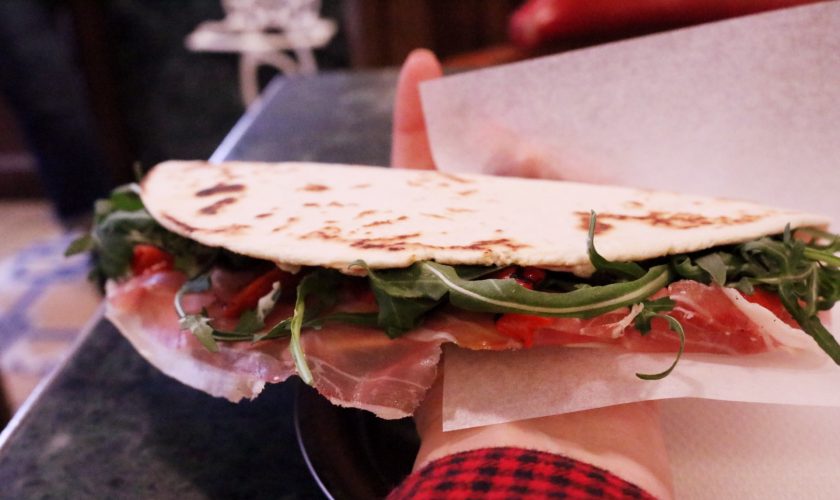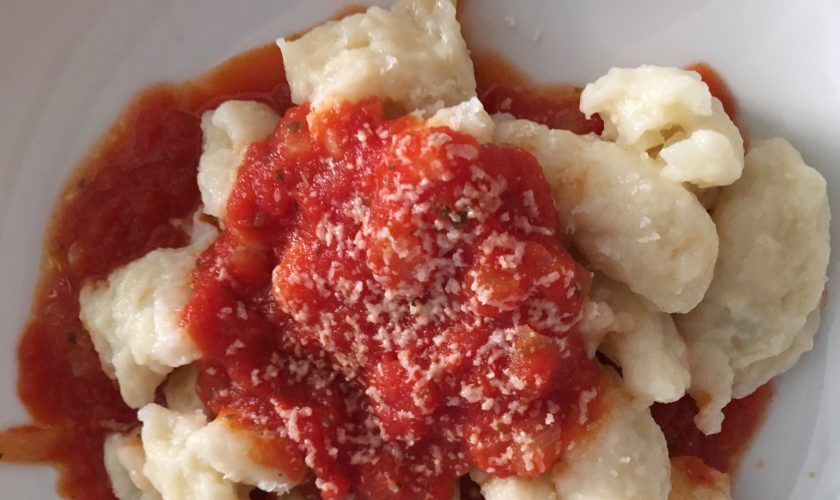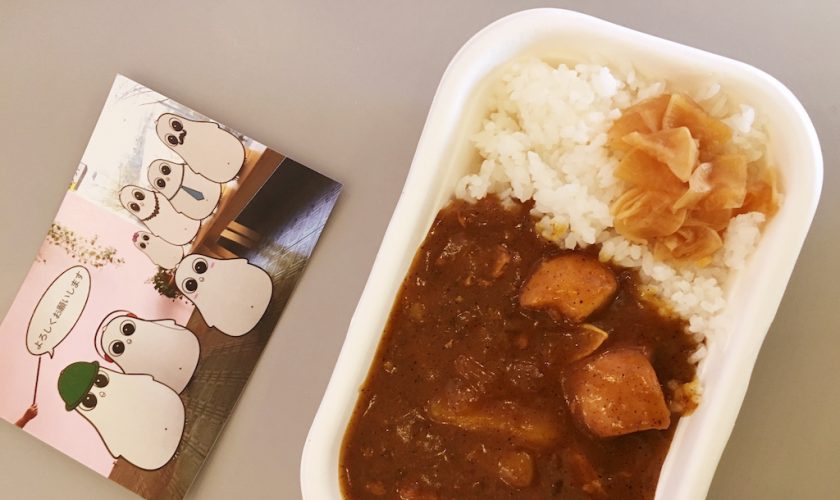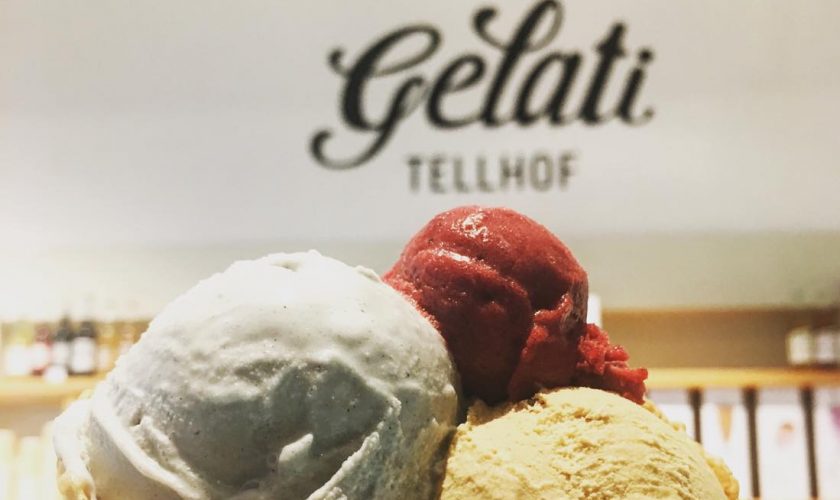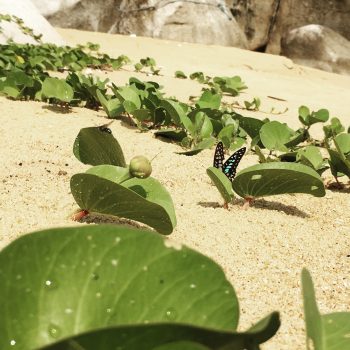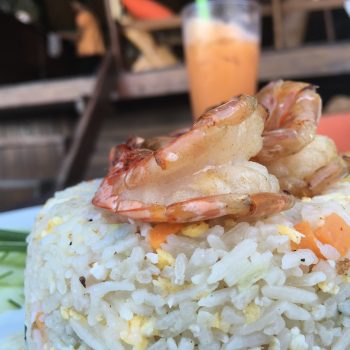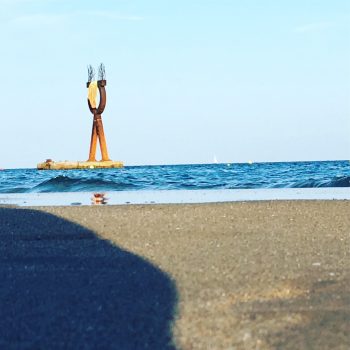My personal highlight: It’s as simple, a traditional easy Italian Streetfood from Emilia Romagna for vegetarian and meat lover
There are some days I don’t really feel a big hunger but I know I want something tasty, half warm, fresh and somehow healthy. The Piadina Bar located in the old part of Zurich in the Niederdorf is my choice. Here I come to have my Piadina. The atmosphere is cozy, you can stay for the snack or take it to go, the food is fresh prepared and of good quality. Who has ever visited Riccione or Rimini knows, that in that part of Italy Piadina is a much appreciated street food.
What is piadina?
A Piadina is a type of traditional flatbread found in Italy/Emilia Romagna. It is stuffed with every conceivable fillings. The Piadina bread contains lard, that it what makes the dough soft and tasty! Piadina bread is easy to make at home, too. Find a recipe here!
Get your Piadina with Bresaola, Prosciutto di Parma, Salame nostrano, Parmigiano, add some Rucola, grilled veggies as eggplants, peperoni, zucchetti or even olive or artichoke cream. Comes best also with cream cheese stracchino, pecorino or gorgonzola/mascarpone. You see, there are a lot of combinations possible. Try it, let me know if you enjoyed! You can find èiadina Bar also in Basel by the way!
Address: Piadina Bar, Niederdorfstrasse 2, 8001 Zürich, Kreis 2
Opening hours: Monday – Saturday 11.30 am – 11 pm, Sunday 3 pm – 7 pm
